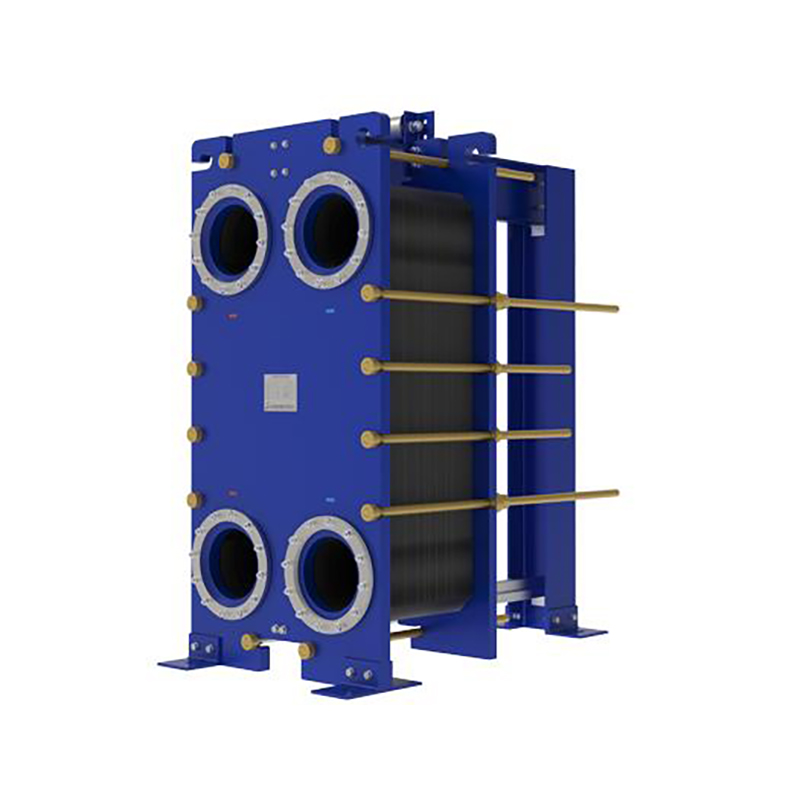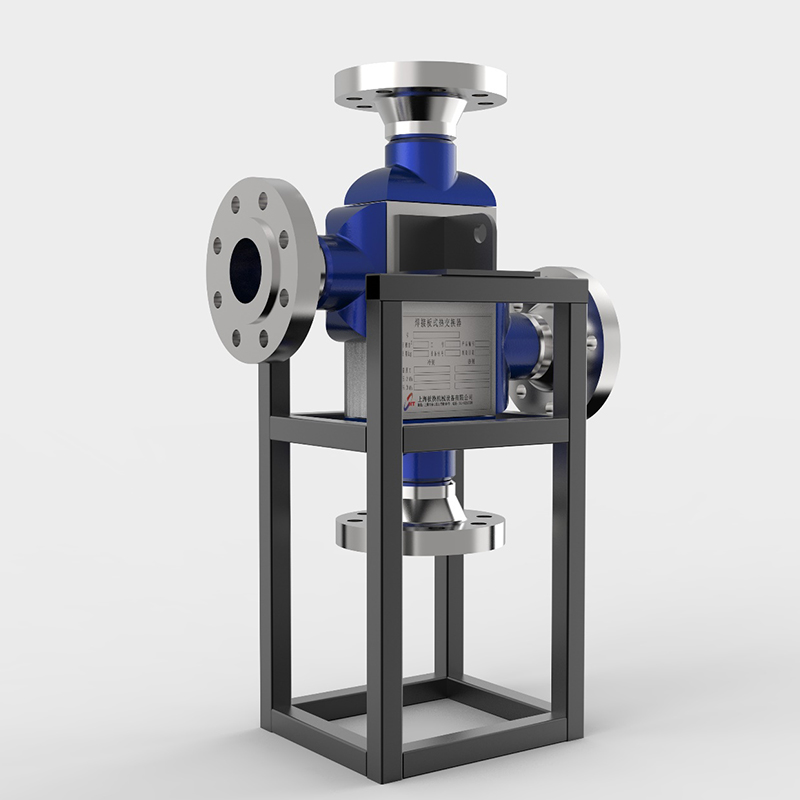How do gaskets prevent leaks in heat exchangers
A gasket in heat exchanger seals surfaces, blocks ...
More
A plugged secondary heat exchanger is a common and serious failure in modern high-efficiency furnaces. It occurs when the condensing heat exchanger, designed to extract additional heat from combustion gases, becomes obstructed by a buildup of corrosion byproducts, debris, and soot. This blockage prevents the normal flow of condensate and exhaust gases, causing a significant drop in furnace efficiency, a noticeable increase in operating noise, and ultimately triggering safety shutdowns via the pressure switch. This issue is a primary reason for furnace inefficiency and failure in condensing models, making it a critical concern for homeowners seeking reliable heating. Understanding the causes, symptoms, and solutions is essential for maintaining system integrity and avoiding costly damage, carbon monoxide risks, and complete system breakdowns. Professional diagnosis is required to confirm this failure, as the symptoms can sometimes mimic other problems like a blocked condensate line or a failed inducer motor.
A secondary heat exchanger is a crucial component in a high-efficiency condensing furnace, typically found in models with an Annual Fuel Utilization Efficiency (AFUE) of 90% or higher. Its primary function is to extract additional latent heat from the combustion gases *after* they have passed through the primary heat exchanger. In this process, the hot flue gases are cooled to the point where the water vapor within them condenses into a liquid. This phase change releases a significant amount of heat, which is then transferred to the home's circulating air, drastically improving the furnace's overall efficiency. However, this very process of condensation makes the secondary heat exchanger highly susceptible to plugging. The condensate is naturally acidic (with a pH typically between 3 and 4), and over time, this acidity corrodes the heat exchanger's walls, usually made of stainless steel or aluminum. The corrosion creates flaky, insoluble byproducts like aluminum oxide or iron oxide. Simultaneously, incomplete combustion can produce soot and carbon particles. These elements—corrosion flakes, soot, and other debris—mix with the condensate to form a thick, sludge-like paste. This paste progressively accumulates on the narrow fins and channels of the heat exchanger, eventually creating a complete or partial blockage. This obstruction traps water and impedes the flow of exhaust gases, leading to a cascade of operational failures and potential safety hazards within the heating system.
There are no advantages to having a plugged secondary heat exchanger. It is a significant mechanical failure that solely presents severe disadvantages, including safety risks, reduced efficiency, and potential for catastrophic system damage. Any perceived "benefit," such as the furnace shutting down, is actually a critical safety feature activating to prevent hazardous operation, not an advantage of the fault itself. The condition is universally detrimental to furnace operation and homeowner safety.
A plugged secondary heat exchanger confers absolutely zero benefits and is a unequivocally negative event. The only outcomes are severely impaired system performance and substantial financial liability. The obstruction forces the furnace to work under extreme duress, leading to a dramatic loss in efficiency; an AFUE rating of 95%+ can plummet, causing a sharp and expensive increase in gas bills for the homeowner. The blockage creates excessive backpressure, straining the inducer draft motor often to the point of premature failure, a costly component to replace. The trapped acidic condensate accelerates corrosion, leading to holes and cracks that can allow toxic combustion gases, including carbon monoxide, to leak into the home's air supply, representing a critical life-safety hazard. The furnace will experience frequent lockouts, failing to provide heat precisely when it is needed most. Ultimately, a severely plugged heat exchanger is often deemed non-repairable by HVAC professionals. The standard and safest remedy is a complete replacement of the secondary heat exchanger assembly, a labor-intensive and expensive repair frequently costing between $1,500 and $3,000 or more, which often makes replacing the entire furnace a more economically sensible option. Therefore, a plugged unit represents a pure detriment with no redeeming advantages.
Select the most popular foreign trade service products to meet your diverse needs
Learn more about the dynamics and professional knowledge of the foreign trade industry

A gasket in heat exchanger seals surfaces, blocks ...
MoreAPI 662 defines standards for plate heat exchanger...
More.jpg)
Plate air preheaters transform industrial processe...
More
Selecting the right preheater air system shapes th...
More
Ignoring a fouled heat exchanger causes high energ...
More
A heat exchanger's main parts include the heat tra...
MoreSelect the most popular foreign trade service products to meet your diverse needs
Explore more content related to foreign trade services

User Comments
Service Experience Sharing from Real Customers
Michael Chen
HVAC TechnicianThis plugged secondary heat exchanger was exactly what we needed for a complex commercial retrofit. The build quality is exceptional and it integrated seamlessly with our existing system. A perfect fit and solved our efficiency issues immediately.
Sarah Jenkins
Maintenance SupervisorAs a maintenance supervisor for a large apartment complex, reliability is key. We installed this plugged secondary heat exchanger in several units over six months ago. Performance has been flawless, with no callbacks. It's a durable and highly effective component.
David Rodriguez
Mechanical EngineerUsed this specific plugged secondary heat exchanger in a new high-efficiency boiler design. The thermal transfer rates are impressive and it contributes significantly to the system's overall performance. Minor points off for a slightly longer lead time than quoted, but the product itself is top-tier.
Lisa Thompson
Facility ManagerOur industrial laundry facility runs 24/7, and our previous heat exchanger was a constant headache. Since upgrading to this model, our downtime has been reduced to zero. It handles the demand perfectly and has drastically improved our system's heat recovery. An outstanding product.